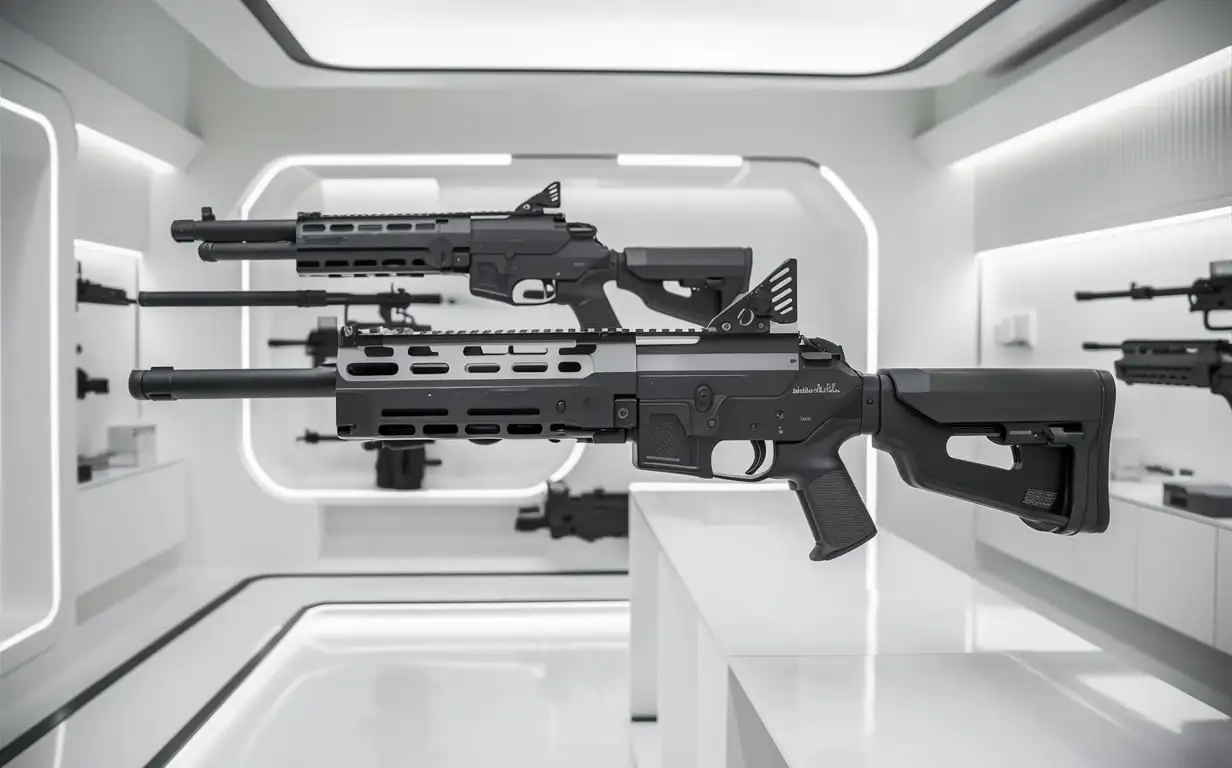4 Free Ease of Use AI images Powered by Stable Diffusion XL
Welcome to our Ease of Use image collection, featuring 4 free AI-generated images. This diverse array includes stock photos, 3D objects, vectors, and illustrations that exemplify user-friendly design and intuitive interfaces. Enjoy high-resolution downloads and use our 'open in editor' feature to customize prompts for your perfect image that captures simplicity and accessibility. Generated by




Related Tags
Ease of Use is a fundamental principle in design that focuses on creating products, interfaces, and experiences that are intuitive and effortless for users. It encompasses various aspects such as clarity, simplicity, and accessibility. In the context of visual design, Ease of Use is often represented through clean layouts, clear visual hierarchies, and intuitive navigation elements. These principles are applied across digital interfaces, product designs, and even in physical spaces to enhance user experience and satisfaction. The concept has gained prominence with the rise of user-centered design approaches, emphasizing the importance of considering the end-user's needs and capabilities throughout the design process.
Understanding Ease of Use in Design
Visual representations of Ease of Use often include elements such as minimalist interfaces, clear iconography, and intuitive color schemes. Common applications include website layouts, mobile app designs, and infographics that simplify complex information. For instance, a stock photo might depict a person effortlessly using a smartphone, illustrating the device's user-friendly interface. 3D objects could represent simplified versions of complex machines, emphasizing their ease of operation. Vector illustrations often showcase step-by-step guides or flowcharts that break down processes into easily understandable components. These visual elements are crucial in fields like UX/UI design, product packaging, and instructional materials, where clear communication and user-friendliness are paramount.
Key Elements and Applications of Ease of Use in Visual Design
The concept of Ease of Use has a significant impact on user experience and, consequently, on product success. Designs that prioritize usability tend to have higher user adoption rates, increased customer satisfaction, and improved brand loyalty. This is evident in the success of companies like Apple, known for their intuitive product designs, or Google, with its clean and simple search interface. In the digital realm, websites and apps that offer seamless navigation and clear functionality often see higher engagement rates and lower bounce rates. The impact extends beyond digital products to physical objects as well, where ergonomic designs and intuitive controls can significantly enhance user experience. As a result, Ease of Use has become a critical factor in product development across industries, from consumer electronics to software design and even urban planning.
Impact of Ease of Use on User Experience and Product Success
The future of Ease of Use in design is closely tied to technological advancements and evolving user expectations. Emerging trends include the integration of AI and machine learning to create more personalized and adaptive user interfaces. Voice user interfaces and gesture controls are becoming more prevalent, requiring new approaches to visual representation of Ease of Use. Another significant trend is the focus on inclusive design, ensuring that products and interfaces are accessible to users with diverse abilities and needs. As technology becomes more complex, there's a growing emphasis on 'invisible design' – where advanced functionality is seamlessly integrated into intuitive interfaces. Visualizing these concepts presents exciting challenges and opportunities for designers and AI image generators alike, as they strive to represent the future of user-friendly design in compelling and accessible ways.
Future Trends in Ease of Use and User-Centered Design